Instruction
Beat the wind with the “no hands knockdown”
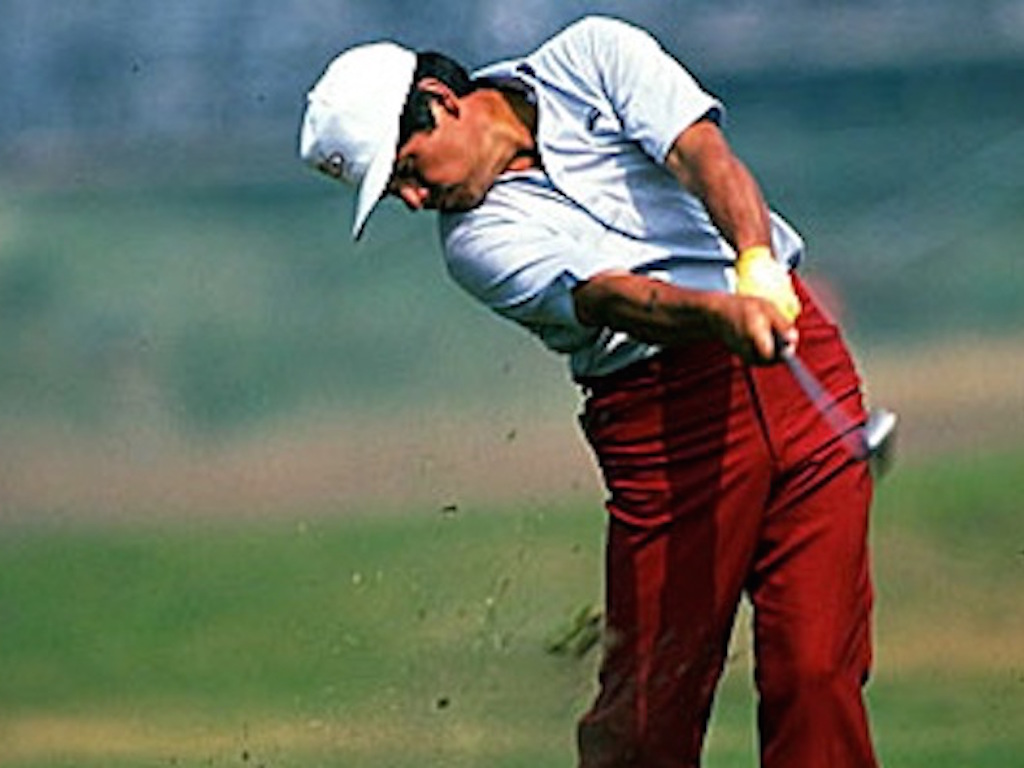
Until the arrival of Doppler Radar launch monitors such as Flightscope, there was never really an effective way to check out the ball striking claims tips we got from other players.
Golf is still the rare sport where the best players in the world help each other with techniques they are trying to learn. Recently, I watched Rod Pampling try to teach Ryan Palmer how to hit a driver off the deck on No. 18 at The Memorial. After a few swings, Palmer was hitting low screamers out into the tight, sloping fairway.
During my playing career, I got to play a round with 1976 U.S. Open champion Jerry Pate. The weather that day was not ideal. The wind was blowing 30 mph and it was cold — not the best conditions for flying a golf ball. We were good and cold by the time we got to hole No. 15, which was not normally a tough par-3. But on this day, what was nothing more than a standard 8 iron on a normal day required something more low and boring. Both of us grabbed 5 irons and had at it.
Jerry hit a low bullet to the middle of the green. The wind only slowed the ball down enough for it to land on the green; it didn’t knock it down in a dangerous way.
My swing at the nickel took off hot and low. Then it began to stall and lost momentum to fight onward. Just about the time I expected it to land safely, it splashed down a woeful 10 yards short of dry land.
It was here that JP offered me this information. He told me that Lee Trevino once told him that if you wanted to keep the ball from ballooning in the wind, you need to keep your hands out of it on the backswing.
[quote_box_center]”Keep them really still and do not hinge the club a lot,” he said. [/quote_box_center]
Remember, this was a time when pro golfers still played golf balls that spun way too much, so there was a often a need to be able to keep the spin off the shot.
Once I got the time, I practiced the shot and sure enough the ball stayed down without any urge to rise. It is especially effective when you’re in the trees and need to keep the ball under the limbs for a long distance before the ball enters clear airspace. Everyone can relate to that time you moved the ball back in your stance, leaned the handle way forward and tried to knock it down low only to see the ball shoot straight up and into the overhanging limbs. This little tip kept the ball from doing that.
Recently, I was using Flightscope and decided to put the technique to the test and see what the numbers had to tell me about the ball and club interaction
I hit three different shots with a 7 iron.
- Standard full swing (ball position under the logo on the left of my shirt)
- Normal knockdown (ball position under my right eye)
- “No hands knockdown” (ball position under my right eye)
Here is what the data screen looked like (click to enlarge):
Here are the launch screens for each shot: Shot 1 on the left, Shot 2 in the middle and Shot 3 on the right. You can see the ball flight got lower with each shot.
A bit of transparency may offer some clarity about the numbers. The grass on the range where I work is not tightly mown. It is a nice customer length where the ball sits up, which differs from the tight conditions that you see on Tour where you can really have control over the golf ball. As I look at the data, there are some values that I know are potentially exaggerated by the conditions. Nevertheless, what can we deduce other than trajectory for each shot I hit? What changed from shot to shot, especially from Shot 2 to Shot 3 that would have kept the ball lower?
It’s obvious that the distance dropped significantly from Shot 1-3 with the difference being a whole 20 yards of carry. The hinging of the wrists is a definite power source, so I am not shocked by the distance gap. Also, the height dropped 30 feet, which was obvious to the naked eye. Shot 3 was quite lower than Shot 1, even on grass that was like using a tee.
For the four remaining categories, I want to really focus in on dynamic loft, spin, spin loft and angle of attack (AoA). We have confirmed what Lee told Jerry and what Jerry told me is true. Take the hand action out in the backswing and you will hit it lower. But what do these three numbers confirm about that?
First, when you take out hand action, you take out some of the opening and closing action of the clubface. When the hands “normally” set, the clubface will continue to open. Yes, you can impose your own will on it and do it wrong, but if done “naturally” the face will continue to open thereby adding loft. So the less your hands set, the more the clubface stays shut and the lower the ball launches. That is represented in the dynamic loft number at impact.
There is a downward trend in dynamic loft from the full swing value of 36.5 degrees.
- The “normal knockdown” has a dynamic loft of 31.8 degrees.
- The “no hands knockdown” has a dynamic loft of 24.5 degrees.
You can also see the same thing in the vertical launch values with a big jump between Shot 2 and Shot 3. So quieting my hands brought the dynamic loft down by more than 7 degrees at impact. That is a lot and will keep the ball down!
Notice the spin values increasing, however, and remember what I said about the turf conditions. I give the credit for the increased spin to lies that were a little cleaner, because all three shots were hit right on the middle of the face.
The AoA of the shots also remained very static — there were only a minor few changes in the value between the three shots. One thing I see when I first try to teach a low shot to a player is they think they need to “tomahawk” down on the ball as hard as they can and bury the club halfway up to the neck into the ground to keep the ball down. Once I get them to understand that keeping the shot down is about dynamic loft and how the hands control the club, they stop chopping at it to keep it down and begin to lean the shaft to have a shallower AoA so the ball stays nice and low.
My last point is about spin loft, which is the difference between AoA and the dynamic loft at impact. These values follow the trend of everything else we have looked at. From the full swing shot to the last shot, the numbers decreased. In turn, that produced a lower ball flight that penetrated the wind more and stayed low.
It is very cool to be able to test out shots like this on Flightscope, especially when it’s something another Tour player has shared to help you learn a new shot. After all, the game is about playing shots and the more shots you have the more fun you can have playing the game.
So what did we learn here?
- Keeping the hands quiet will help to keep the ball down.
- Less hand action going back with the ball positioned back-of-center in your stance gives you less loft at impact and lowers dynamic loft, spin loft and vertical launch.
- Keeping shots down for a long time over a long distance is a vertical launch value promoted by firm hands in the backswing.
- All of this brings down your overall height and produces a low, penetrating shot.
- LIKE65
- LEGIT24
- WOW4
- LOL0
- IDHT2
- FLOP4
- OB1
- SHANK1
Instruction
Clement: Laid-off or perfect fade? Across-the-line or perfect draw?

Some call the image on the left laid off, but if you are hitting a fade, this could be a perfect backswing for it! Same for across the line for a draw! Stop racking your brain with perceived mistakes and simply match backswing to shot shape!
- LIKE0
- LEGIT0
- WOW0
- LOL0
- IDHT0
- FLOP0
- OB0
- SHANK1
Instruction
The Wedge Guy: The easiest-to-learn golf basic

My golf learning began with this simple fact – if you don’t have a fundamentally sound hold on the golf club, it is practically impossible for your body to execute a fundamentally sound golf swing. I’m still a big believer that the golf swing is much easier to execute if you begin with the proper hold on the club.
As you might imagine, I come into contact with hundreds of golfers of all skill levels. And it is very rare to see a good player with a bad hold on the golf club. There are some exceptions, for sure, but they are very few and very far between, and they typically have beat so many balls with their poor grip that they’ve found a way to work around it.
The reality of biophysics is that the body moves only in certain ways – and the particulars of the way you hold the golf club can totally prevent a sound swing motion that allows the club to release properly through the impact zone. The wonderful thing is that anyone can learn how to put a fundamentally sound hold on the golf club, and you can practice it anywhere your hands are not otherwise engaged, like watching TV or just sitting and relaxing.
Whether you prefer an overlap, interlock or full-finger (not baseball!) grip on the club, the same fundamentals apply. Here are the major grip faults I see most often, in the order of the frequency:
Mis-aligned hands
By this I mean that the palms of the two hands are not parallel to each other. Too many golfers have a weak left hand and strong right, or vice versa. The easiest way to learn how to hold the club with your palms aligned properly is to grip a plain wooden ruler or yardstick. It forces the hands to align properly and shows you how that feels. If you grip and re-grip a yardstick several times, then grip a club, you’ll see that the learning curve is almost immediate.
The position of the grip in the upper/left hand
I also observe many golfers who have the butt of the grip too far into the heel pad of the upper hand (the left hand for right-handed players). It’s amazing how much easier it is to release the club through the ball if even 1/4-1/2″ of the butt is beyond the left heel pad. Try this yourself to see what I mean. Swing the club freely with just your left hand and notice the difference in its release from when you hold it at the end of the grip, versus gripping down even a half inch.
To help you really understand how this works, go to the range and hit shots with your five-iron gripped down a full inch to make the club the same length as your seven-iron. You will probably see an amazing shot shape difference, and likely not see as much distance loss as you would expect.
Too much lower (right) hand on the club
It seems like almost all golfers of 8-10 handicap or higher have the club too far into the palm of the lower hand, because that feels “good” if you are trying to control the path of the clubhead to the ball. But the golf swing is not an effort to hit at the ball – it is a swing of the club. The proper hold on the club has the grip underneath the pad at the base of the fingers. This will likely feel “weak” to you — like you cannot control the club like that. EXACTLY. You should not be trying to control the club with your lower/master hand.
Gripping too tightly
Nearly all golfers hold the club too tightly, which tenses up the forearms and prevents a proper release of the club through impact. In order for the club to move back and through properly, you must feel that the club is controlled by the last three fingers of the upper hand, and the middle two fingers of the lower hand. If you engage your thumbs and forefingers in “holding” the club, the result will almost always be a grip that is too tight. Try this for yourself. Hold the club in your upper hand only, and squeeze firmly with just the last three fingers, with the forefinger and thumb off the club entirely. You have good control, but your forearms are not tense. Then begin to squeeze down with your thumb and forefinger and observe the tensing of the entire forearm. This is the way we are made, so the key to preventing tenseness in the arms is to hold the club very lightly with the “pinchers” — the thumbs and forefingers.
So, those are what I believe are the four fundamentals of a good grip. Anyone can learn them in their home or office very quickly. There is no easier way to improve your ball striking consistency and add distance than giving more attention to the way you hold the golf club.
More from the Wedge Guy
- The Wedge Guy: Golf mastery begins with your wedge game
- The Wedge Guy: Why golf is 20 times harder than brain surgery
- The Wedge Guy: Musings on the golf ball rollback
- LIKE88
- LEGIT15
- WOW6
- LOL1
- IDHT0
- FLOP4
- OB1
- SHANK8
Instruction
Clement: Stop ripping off your swing with this drill!

Not the dreaded headcover under the armpit drill! As if your body is defective and can’t function by itself! Have you seen how incredible the human machine is with all the incredible feats of agility all kinds of athletes are accomplishing? You think your body is so defective (the good Lord is laughing his head off at you) that it needs a headcover tucked under the armpit so you can swing like T-Rex?
- LIKE0
- LEGIT3
- WOW2
- LOL0
- IDHT0
- FLOP0
- OB0
- SHANK2
-

 19th Hole2 weeks ago
19th Hole2 weeks agoJustin Thomas on the equipment choice of Scottie Scheffler that he thinks is ‘weird’
-

 19th Hole2 weeks ago
19th Hole2 weeks ago‘Absolutely crazy’ – Major champ lays into Patrick Cantlay over his decision on final hole of RBC Heritage
-

 19th Hole3 weeks ago
19th Hole3 weeks agoReport: LIV Golf identifies latest star name they hope to sign to breakaway tour
-

 19th Hole3 weeks ago
19th Hole3 weeks agoBrandel Chamblee has ‘no doubt’ who started the McIlroy/LIV rumor and why
-

 19th Hole2 weeks ago
19th Hole2 weeks agoLET pro gives detailed financial breakdown of first week on tour…and the net result may shock you
-
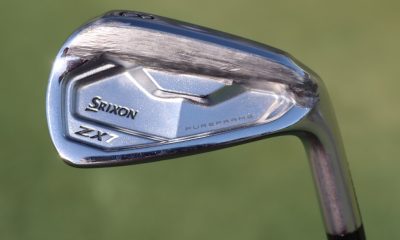
 Equipment3 weeks ago
Equipment3 weeks agoJason Day on his recent switch into Srixon ZX5 and ZX7 Mk II irons
-
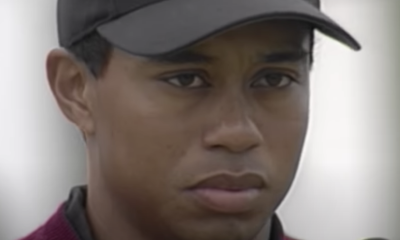
 19th Hole6 days ago
19th Hole6 days agoGary Player claims this is what ‘completely ruined’ Tiger Woods’ career
-
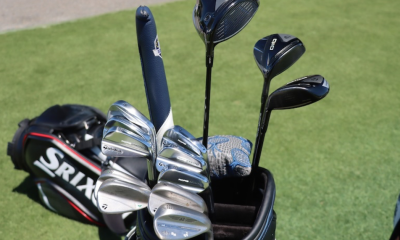
 Whats in the Bag1 week ago
Whats in the Bag1 week agoTeam McIlowry (Rory McIlroy, Shane Lowry) winning WITBs: 2024 Zurich Classic

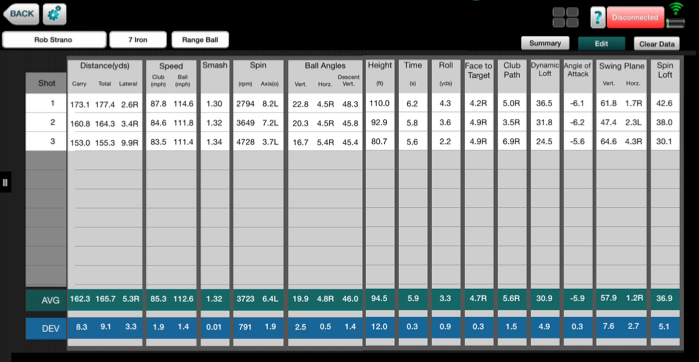











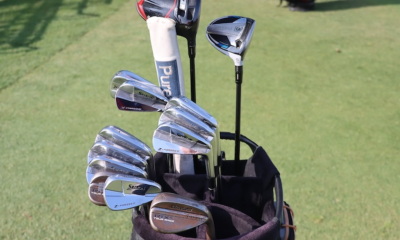

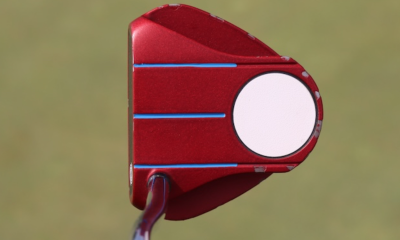

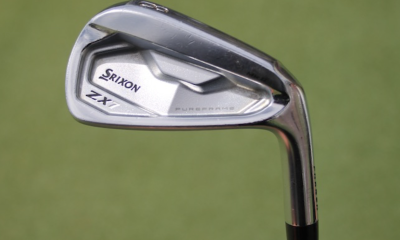

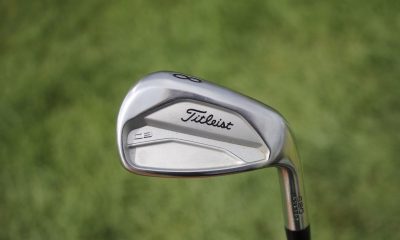

Dpavs
Jan 16, 2015 at 1:23 pm
I’m not sure of the benefit of all this… sure the trajectory is lower but if you look the accuracy is progressively worse and the spin progressively higher.
SRSLY
Jan 16, 2015 at 4:56 pm
And the trajectory is hardly lower per shot. I had already posted this point in the comments and it was deleted. Definitely disappointed in WRX.
frank the tank
Jan 16, 2015 at 8:20 am
Isn’t this essentially the same as a 3\4 swing back in the stance? Lower launch angle and less spin due to less hinge equaling less power?
Your “low” shots in the example don’t seem to go much lower and have way more spin. Could you explain how this will cut through the wind?
Tanner
Jan 16, 2015 at 7:28 am
Thanks, Rob. Would this be a good swing for a higher capper whose arms collapse in the backswing?
I am Tigger
Jan 16, 2015 at 3:07 am
It’s harder to do it with a lot of the modern shafts that have been designed to jump the ball up in the air quickly THEN flatter at the height, like a lot of the lighter weight shafts with soft tips or shafts that bend a lot in the middle. You’d have to go at least a couple of clubs up, may be even 3 clubs, just to try and keep it low enough these days. The balls also take off so much quicker off the face now, even without spin, they just jump away so quickly that you really have to almost just sweep the ball flat and not engage any kind of downward hit on these new balls.
Rob Strano
Jan 15, 2015 at 2:19 pm
Thanks for your question Ronald…
What you want to do in the backswing is feel like the hands hold the same position they do at address as it relates to the club shaft. Think of making a letter “I” in the backswing. In your normal swing when the left arm is parallel to the ground the shaft is vertical at a 90* angle to your left arm forming the letter “L”. Keep that from happening by keeping the hands calm. Now I am not saying get tense and grip it tight and do it. I am communicating controlling the amount of hinge action. There will always be a certain amount of hinge that happens, we are just trying to limit that amount to half of normal or better. Think about the beginners you see at the course that when you watch them have no hand action and hit the ball really low. That is what the cause of this move is but with a really good player you hit bullets through the heaviest winds. And trust me, that day described above wasn’t even a good day for kite flying, let alone hitting a golf ball, and JP just whistled it right through a heavy wind.
Hope this helps you understand the move to try to make.
Philip
Jan 15, 2015 at 2:52 pm
Thanks, that is what I was thinking how it would be done.
Ronald Montesano
Jan 15, 2015 at 1:55 pm
You’re giving us numbers, coach, but what we need is the technique!! I suspect that golfers can figure out the no-hands on the downswing, but what does the backswing look/feel like? Thanks for your time today.